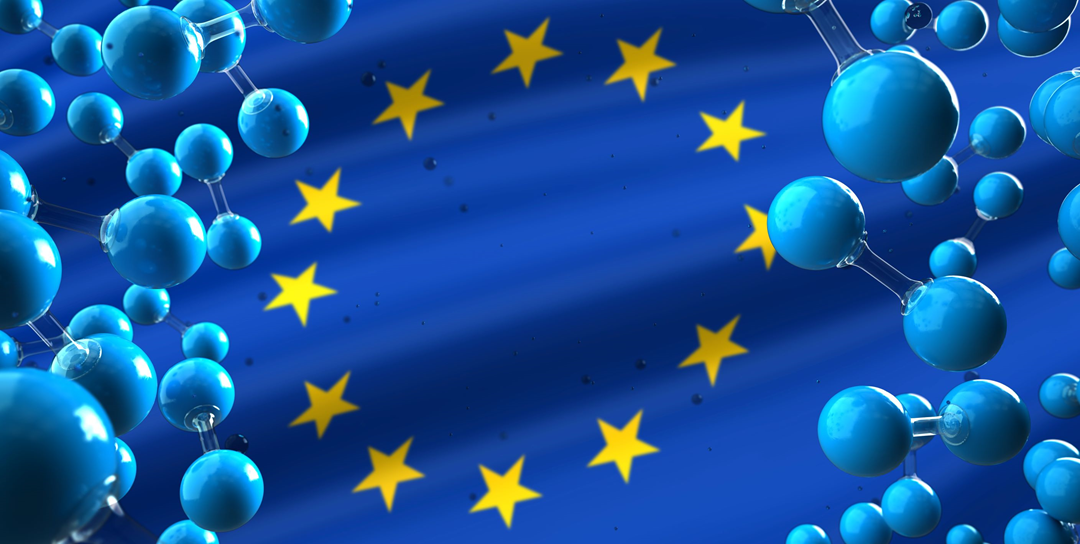Hydrogen is important because it can remove emissions from sectors that are difficult to decarbonise. The two most talked about ways to produce hydrogen are: with water and large amounts of renewable electricity (so called renewable hydrogen or green hydrogen); and with natural gas and CO2 capture and storage (also called low-carbon hydrogen or blue hydrogen). There has been much debate about which of these Europe should go for, but the study published today shows that both methods should be used if Europe is to meet its zero emissions goals.
"The study demonstrates that hydrogen plays an important role in the European transition towards climate neutrality by 2050," says Gunhild Reigstad, scientist at SINTEF Energy and co-author of the study.
"The results of the study show that this transition will require unprecedented efforts on both fronts: hydrogen made from natural gas with CO2 capture and hydrogen made from renewable power. Norway is in a good position to create a new hydrogen export industry, with its natural gas resources and its commitment to CO2 storage. Later on, when the infrastructure is in place and the hydrogen market has grown, Norway's can become a large renewable hydrogen producer thanks to its focus on offshore wind power."
The study's authors also found out that hydrogen can contribute to the decarbonisation of the EU's energy system to an even greater degree than what was projected so far – with the demand in hydrogen estimated at 100 million tonnes by 2050.
Here is a summary of the study's key finds:
- Hydrogen will be crucial to bring the EU to zero emissions, particularly in sectors where electrification and efficiency gains are challenging.
- Hydrogen can unlock decarbonisation in hard-to-abate sectors, such as transport.
- Renewable hydrogen and low-carbon hydrogen are both necessary to reach net zero emissions. Natural gas and CCS (CO2 capture and storage) will be crucial, even with large investments in renewable energy.
- Of the two scenarios examined by the study, the one with the strongest focus on renewable energy requires larger investments in the hydrogen value chain, representing a total system cost of an additional 70 billion euros per year.
- To reach Europe's 2050 climate targets in the most cost-effective way, we need to store 1400 megatons of CO2 per year. This is almost 1000 times more than the storage capacity planned for the first phase of Norway's Longship project. Meanwhile, it is estimated that the Norwegian Continental Shelf has a storage capacity of 70 000 megatons of CO2.
The study was carried out by partners SINTEF and IFP Énergies Nouvelles (research) and Deloitte (project management) on behalf of Hydrogen4EU's financial partners. The whole study can be found at www.hydrogen4eu.com
About the project partners
Hydrogen4EU is a cross-sectoral research project aiming to concretely assess the potential contribution of low-carbon and renewable hydrogen in reaching the European energy transition goals. Based on modelling prepared by the project's partners, IFP Énergies Nouvelles and SINTEF (research) and Deloitte (project management), the project aims to chart pathways exploring the role of hydrogen in a decarbonised European energy system.
The research was funded by 17 partners: BP, ConocoPhillips, Concawe, ENI, Equinor, Ervia, ExxonMobil, Gassco, Hydrogen Europe, IOGP, Norwegian Oil & Gas Association, OMV, Shell, Snam, Total, Wintershall Dea, Zukunft Gas.
Read more about the study here: Hydrogen4EU: A 6 minute snapshot of the study


